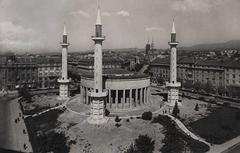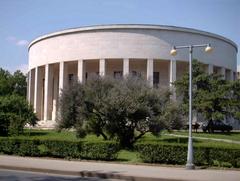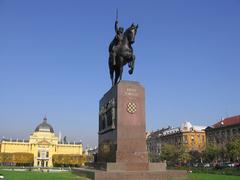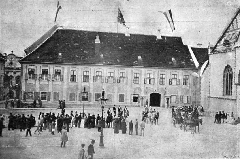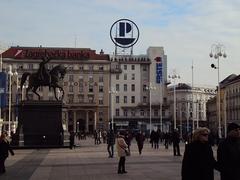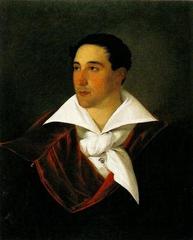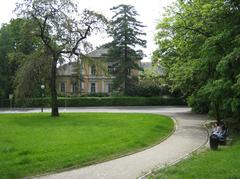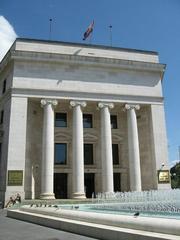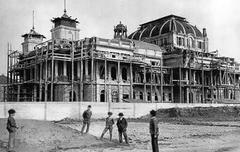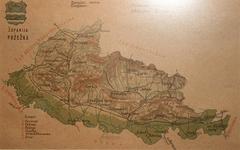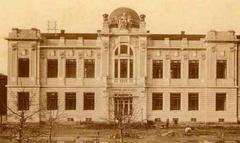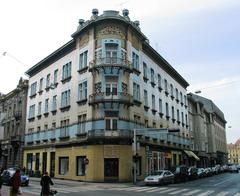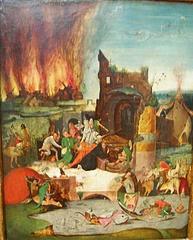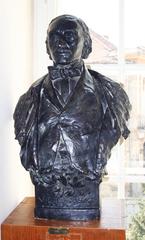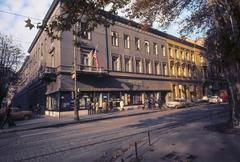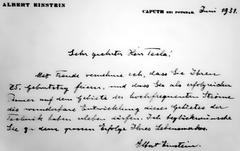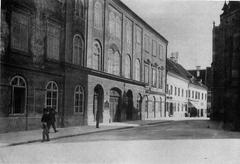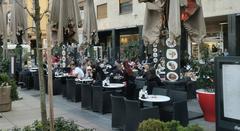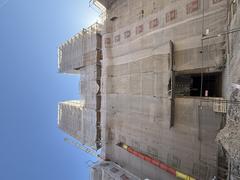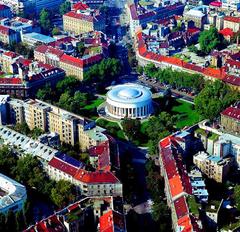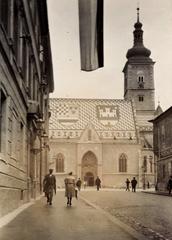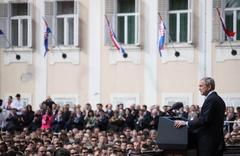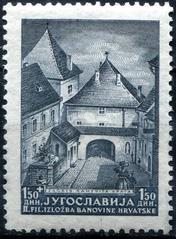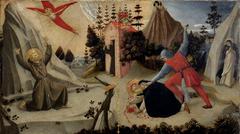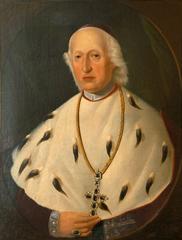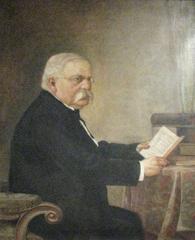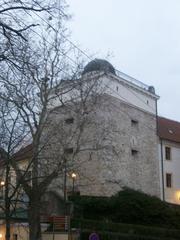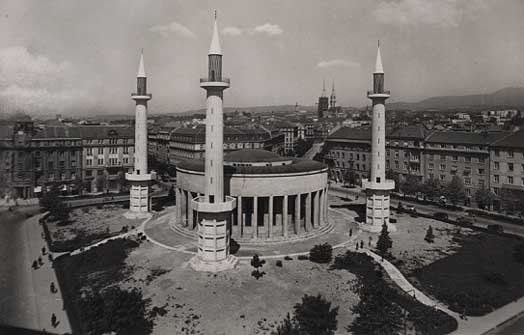
Meštrović Pavilion Visiting Hours, Tickets, and Zagreb Historical Sites Guide
Date: 14/06/2025
Introduction
Nestled in the vibrant center of Zagreb, the Meštrović Pavilion stands as a testament to Croatia’s rich artistic heritage and complex 20th-century history. Designed by celebrated sculptor Ivan Meštrović in the 1930s, this iconic circular landmark—also known as Dom HDLU or colloquially as “Džamija”—has served as an art center, mosque, museum, and is now the headquarters of the Croatian Association of Artists (HDLU). Its architectural innovation, layered history, and dynamic cultural programming make it a must-see for travelers, art lovers, and architecture enthusiasts exploring Zagreb’s historical core.
This comprehensive guide covers the Meštrović Pavilion’s history, architectural highlights, visiting hours, tickets, accessibility, nearby attractions, and practical travel tips. For the most current details on exhibitions, events, and ticketing, always refer to the official Croatian Association of Artists (HDLU official site) and relevant local cultural portals (ZGportal).
Table of Contents
- History and Cultural Significance
- Architectural Vision and Unique Features
- Visiting Hours and Ticketing
- Accessibility and Visitor Facilities
- Exhibition Spaces and Programming
- Special Events and Tours
- Getting There and Nearby Attractions
- Practical Tips for Visitors
- FAQ
- Visuals and Media Recommendations
- Sustainability and Renovation Updates
- Conclusion and Next Steps
- References
History and Cultural Significance
Constructed between 1934 and 1938, the Meštrović Pavilion was originally conceived as the Home of Croatian Artists, reflecting the creative ambitions of interwar Zagreb. Its founding vision, shaped by Ivan Meštrović and realized with architects Harold Bilinić and Lavoslav Horvat, resulted in a monumental rotunda that would become a focal point of the city’s artistic life.
Over the decades, the pavilion’s role has shifted in tandem with Croatia’s turbulent history:
- 1941–1945: Converted into a mosque during the Independent State of Croatia era, complete with minarets and a fountain.
- Post-WWII: Repurposed as the Museum of the Revolution under Yugoslav socialist administration, with significant interior changes to reflect the new ideological focus.
- Post-1990: Returned to the HDLU, extensively restored, and re-established as a premier space for contemporary art exhibitions and national cultural events.
This layered history is evident in the building’s surviving architectural traces and in its continued role at the heart of Zagreb’s civic and cultural identity (ZGportal).
Architectural Vision and Unique Features
Materials and Construction
The pavilion is a masterpiece of modernist design, distinguished by its perfect circular form and robust use of Croatian stone. The façade features stone from Pučišća, the interior vestibule uses stone from Split, and stairs and floors are finished with stone from Oklade near Škrip. Each surface reflects different traditional finishing techniques, highlighting the skill of local craftsmen (ZGportal).
Spatial Organization and Adaptability
At its core is a vast, open rotunda illuminated by a reinforced-concrete dome, originally fitted with glass prisms to bathe the interior in natural light. The flexible circular layout allows for a variety of curatorial approaches, with galleries encircling the main hall and an upper balcony providing vantage points for exhibitions and events.
Restoration and Preservation
A major restoration in the early 2000s returned the pavilion to its original architectural clarity, removing later additions and revealing elements like the mosque-era mihrab. Today, it stands as both a historical monument and a vibrant contemporary art space (ZGportal).
Visiting Hours and Ticketing
- Hours: Open Tuesday to Sunday, 11:00 AM to 7:00 PM. Closed on Mondays and public holidays. Always confirm current hours before your visit, as they may change for special events or renovations (HDLU official site).
- Tickets: Admission typically ranges from 20–40 HRK (€5–€8) for adults, with discounts for students, seniors, and groups. Children under 7 or 12 often enter free. Tickets can be purchased at the entrance or online (WhichMuseum ticket info).
- Free/Reduced Admission: Special events or Croatian ID holders may qualify for free or reduced rates. Group rates and Zagreb city passes may also apply.
Accessibility and Visitor Facilities
- Wheelchair Access: Full accessibility with ramps, adapted restrooms, and elevator access. Some temporary exhibitions may have additional constraints—check in advance (official accessibility info).
- Restrooms & Cloakroom: Clean facilities and staffed cloakroom available.
- Wi-Fi: Complimentary; ask staff for access.
- Gift Shop: Offers catalogues, art books, and souvenirs.
- Cafés: No on-site café, but many options are nearby.
Exhibition Spaces and Programming
The pavilion hosts more than 40 exhibitions annually across three main galleries:
- Ring Gallery: The largest, for major retrospectives and large-scale installations.
- Barrel Gallery: Intimate space for solo or thematic exhibitions.
- Extended Media (PM) Gallery: Focused on contemporary new media, performance, and experimental projects.
Programming includes artist talks, workshops, educational activities, and events linked to EU cultural initiatives (HDLU official site). Guided tours are available in Croatian and English—book in advance for groups or special insights.
Special Events and Tours
- Annual Highlights: The Croatian Artists’ Salon, Kapulica & Lampioni lantern festival, concerts, and interdisciplinary performances enliven the pavilion year-round.
- International Collaboration: As a founding member of The 360° Project, the pavilion fosters international exchange and creativity (Wikipedia).
- Community Engagement: Public programs and community events encourage interaction with the wider Zagreb population.
Getting There and Nearby Attractions
- Address: Trg žrtava fašizma 16, Zagreb
- Public Transport: Easily accessed by tram lines 1, 4, 6, 8, 13, and 17, with stops adjacent to the square (Frank About Croatia).
- On Foot: Just a 10-minute walk from Ban Jelačić Square.
- Parking: Limited street parking; public transport recommended.
Nearby Attractions:
- Croatian National Theatre
- Modern Gallery
- Zrinjevac Park
- Museum of Broken Relationships
These sites can be combined for a rewarding day exploring Zagreb’s artistic and historical treasures (Info Zagreb).
Practical Tips for Visitors
- Best Time to Visit: Weekday afternoons are generally quieter.
- Dress Code: Smart casual is appropriate.
- Photography: Permitted in most areas, except where restricted by exhibitions.
- Guided Tours: Recommended for deeper understanding—book ahead.
- Safety: Zagreb is safe, but always be mindful of personal belongings.
FAQ
Q: What are the Meštrović Pavilion’s opening hours?
A: Tuesday–Sunday, 11:00 AM to 7:00 PM; closed on Mondays and public holidays.
Q: How do I purchase tickets?
A: At the entrance or online (official tickets).
Q: Is the pavilion wheelchair accessible?
A: Yes, with ramps and adapted restrooms.
Q: Are guided tours available?
A: Yes, in Croatian and English; advance booking is advised.
Q: May I take photos?
A: Generally permitted, unless restricted for specific exhibitions.
Visuals and Media Recommendations
For the best experience, explore virtual tours and photo galleries on the official site. The pavilion’s neoclassical exterior, illuminated dome, and exhibition spaces are especially photogenic at sunrise or sunset. Share your images with tags like #MeštrovićPavilion and #ZagrebHistoricalSites.
Sustainability and Renovation Updates
The pavilion undergoes periodic renovations and upgrades for energy efficiency and preservation. As of June 2025, some areas may be temporarily closed—check the HDLU website for the latest updates.
Conclusion and Next Steps
The Meštrović Pavilion is more than an architectural marvel—it is a living symbol of Zagreb’s resilience, creativity, and cultural continuity. Its central location, accessible facilities, and vibrant programming make it an essential stop for anyone interested in the intersection of art, history, and modern Croatian identity.
Plan your visit:
- Check current hours and exhibitions on the HDLU official site.
- Download the Audiala app for audio guides and insider tips.
- Share your experiences on social media, and explore nearby cultural landmarks for a full Zagreb experience.
